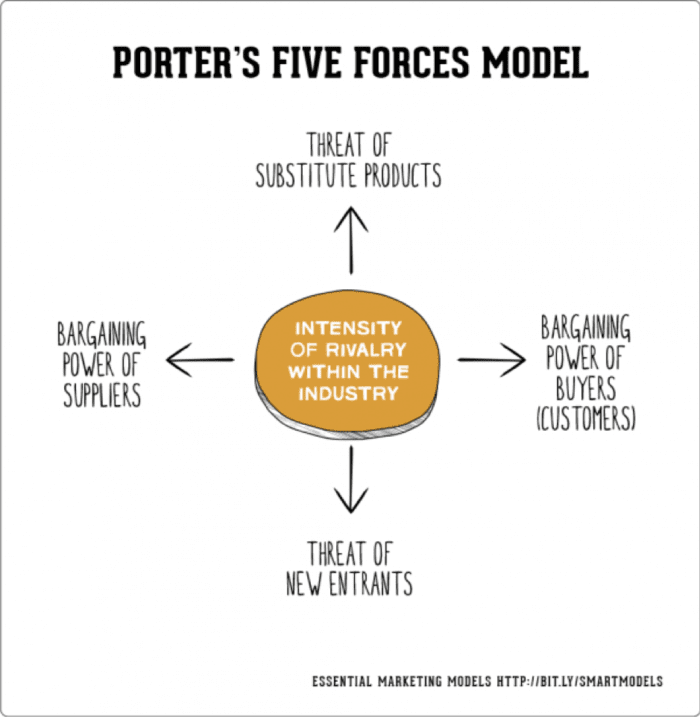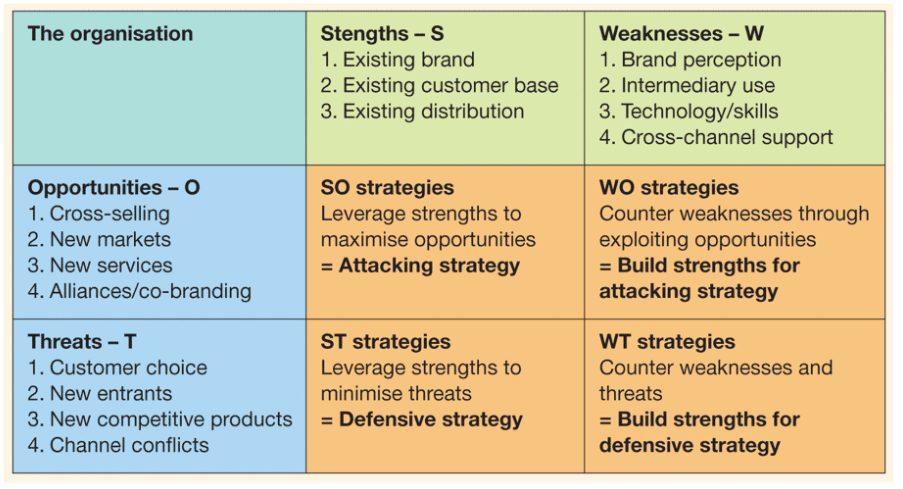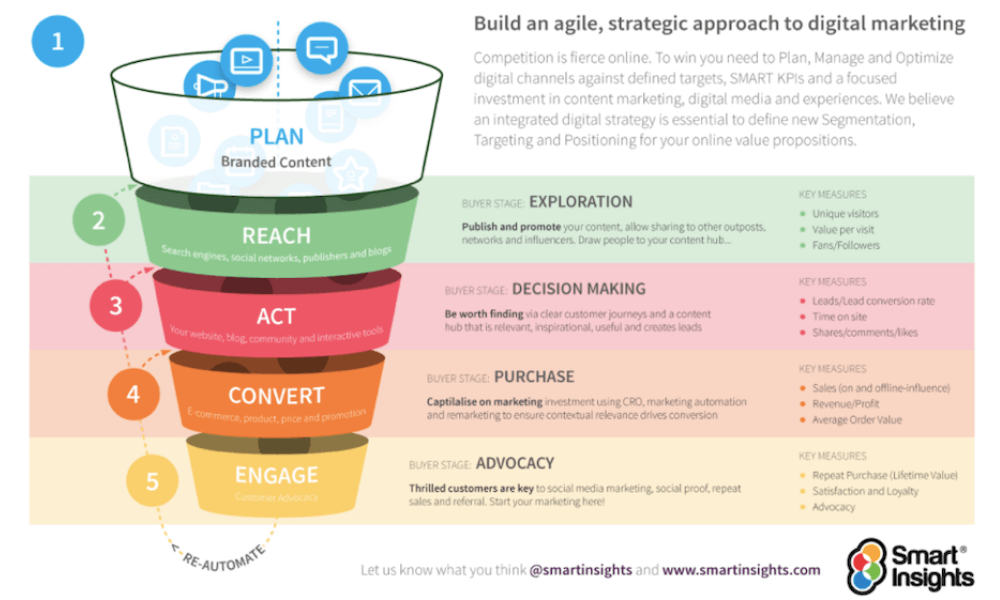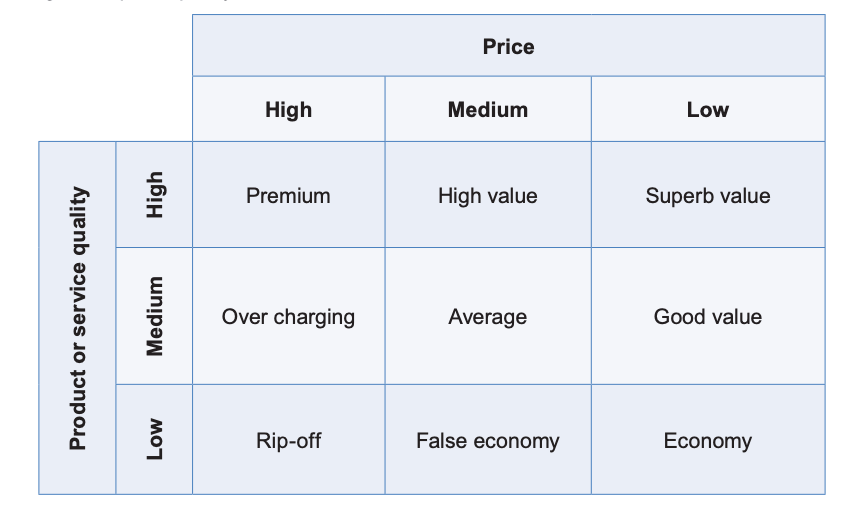Examples of how SMEs can use Porter’s 5 Forces to assess marketplace viability
Right now, Porter's 5 Forces is the most useful tool for owners and managers to stay one step ahead of the competition in a challenging market. The Porter's 5 Forces model has always been popular with SMEs in particular, looking to invest for growth and manage risk to their limited resources.
Earmarked as the best marketing model to help small businesses analyze the competition in the marketplace, balancing these 5 forces is a must for your 2022 marketing action plan.
What are Porter’s 5 Forces?
Porter’s 5 Forces is an analytical model that helps marketers and business managers look at the ‘balance of power’ in a market between different organizations on a global level, and to analyze the attractiveness and potential profitability of an industry sector.
- Competitive rivalry
- Threat of substitute products
- Bargaining power of buyers
- Threat of new entrants
- Bargaining power of suppliers

How do the 5 Forces work?
Competitive rivalry
The first aspect to analyze is the amount of competition your company faces. Think both on a macro and micro scale about the number of direct competitors you have in your industry and the products/services they offer in comparison to yours.
Markets with few competitors are attractive but can be short-lived. On the other hand, highly-competitive markets with many companies chasing the same work reduce your power and can push you to lower your prices and innovate new products.
Things to consider in a recession:
- What’s the level of competition in your company’s sector?
- Who are your large, direct competitors? What advantages do they leverage over you?
- Who are your smaller, independent competitors? What do they do to stay competitive?
Not sure where to start? Our 'competitor benchmarking with RACE' training module and actionable template for Business Starter Members will help you identify rivals and opportunities through a customer-centric model. Find out more.
Threat of substitute products
This refers to the possibility that customers will find a different (read: quicker and easier) way of doing what your company does. You may have originally conceived products or services that help customers, but as technology changes over time, so do the desires and problems of customers.
Always examine how your customer’s lives have changed as your company has grown. For example, you may sell a piece of software that automates a process or synchronizes activity into one platform. As user behaviour changes, you can find opportunities to update your product, or even grow a new service offering.
Things to consider in a recession:
- How easy is it to find an alternative to your products or services?
- What aspects of your products/services can your customers do manually?
- How do cheaper substitutes measure up against your company for ROI?
Bargaining power of buyers
Ask yourself how much power do your buyers have over you. If you’re selling a product, their power is likely contained to order amounts or customization needs. However, if you’re offering a service, customers are more open to negotiation.
Remember that customers are extremely price-savvy and may already have experience of dealing with your competitors. Determining your relationship with buyer power is all about how flexible you can be on service while maintaining an authoritative position in your market.
Things to consider in a recession:
- How powerful are your buyers?
- How many are there? What different kinds of buyers do you interact with?
- Can the buyers get costs down?
- Do they have the power to dictate terms?
Marketing personas
Getting to know your customer base means you can tap into their wants and needs. But, in 2022, your customers' expectations of your business are constantly changing, making it easy to come across as old-fashioned, or out of touch. Don't get left behind. We recommend creating or updating your company's customer personas to inform your marketing strategy.
Examples of using marketing personas to inform your Porter's 5 Forces analysis:
- Hone in on products/services that solve your target audiences' problems
- Select comms and distribution channels prefered by your target audiences
- Choose pricing and value modeling that is accessible for your target audience
- Keep an eye on the behavior of your top buyers to inform your strategy
Customer personas are an essential online branding and conversion tool that help businesses create more customer-centric, less product or company-centric web experiences. Get started today.
Threat of new entrants
Industries that are tightly regulated and require large investments of capital mean that companies who make it can gain a serious foothold in a market. Alternatively, markets that you can get set up in quickly and with little financial risk mean you can start building customers faster, though there may be a proliferation of copycat companies and similar products.
The threat of new entry is based on how secure your company is from being surrounded by competitors. Let’s say you’ve discovered a way to cut costs in the IT industry - you need to protect your company from imitators and rival companies who can drive down your prices.
Things to consider in a recession:
- What’s the threat of new businesses starting in this sector?
- How easy is it to start up in this business?
- What are the rules and regulations?
- What finance would a start-up need?
- Are there barriers to entry which give you greater power?
SWOT-TOWS matrix
SWOT is a great tool for any form of business analysis because it gives you a strategic view of the main opportunities and challenges and is easily reviewed in a workshop. The high-level view will help you see the most important issues which need to be managed for your future success.
However, it has a single critical weakness…
Each of the SWOT cells don’t link to future action – so it looks backwards and doesn’t directly inform the strategy. Often, SWOT are put in the appendix of a report or on the shelf and do not drive action…
The TOWS matrix format addresses this weakness by summarizing potential future strategic initiatives which form the strategy.
We wish ‘TOWS’ had a better name, but the main thing to understand is the benefit:
The example below shows how the TOWS matrix reviews not only the situation in internal strengths and weaknesses (shown in green) and external opportunities and threats (blue) around the edge, but also shows four central boxes (orange) for creating strategies to succeed in the marketplace.

Examples of using SWOT-TOWS to inform your Porter's 5 Forces analysis:
- New entrants may constitute a threat to your marketing strategy, stay vigilant
- Identify opportunities across new markets or new services to plug the gaps new entrants may wish to fill
- Consider your own existing strengths and weaknesses against your strategic vision for the business, prioritize those with the biggest growth opportunities
Bargaining power of suppliers
When it comes to brass tax, you need to focus as much on your costs as you do on your revenue. Assess the suppliers you rely on and the potential power they have over the products/services you provide.
The greater the number of suppliers available to you, the easier it is to switch to a cheaper alternative. If there are few suppliers you can work with, such as when you sell products made with highly specific materials, the greater the control they have over your company. A rise in their prices has an immediate effect on your bottom line.
Things to consider in a recession:
- How many suppliers are in the market?
- Are there many options (which can lower prices) or just a few (which can raise them)?
- How easy is it to switch, what’s the cost?
- How would changing suppliers affect your products/services?
How can SMEs apply the Porter’s 5 Forces model in their marketing planning?
If your environmental scanning has led you to think about moving into new sectors/markets, or re-evaluating your proposition, then applying Porter’s 5 Forces in your marketing plan enables you to see the situation at hand clearly.
After all, 84% of marketers confirmed they have ‘improvised to generate new marketing strategies during the pandemic’, and by getting your 5 forces into balance you can focus your marketing plan on generating value on the terms that are right for you. So, work through each of the forces to identify who has the power in different scenarios across each industry you work (or want to work) in, and incorporate your findings into your marketing plan.
Marketing strategy framework
If you're looking to optimize your marketing strategy to apply a customer-centric, data-led approach to your marketing activities, our integrated RACE Framework is for you.
Our popular RACE Framework empowers marketing leaders and their teams to get to grips with agile, data-driven marketing. Through the 5-step structure of plan - reach - act - convert - and engage, you can plan, manage, and optimize your customers' journeys and integrate all customer touchpoints within your marketing strategy.

Free marketing plan template download
Use our simple three-page Microsoft Word template if you work for a small business who needs to create a simple, practical marketing plan quickly. It's structured in three sections of steps using the acclaimed RACE Growth System for improving marketing results
Access the Free marketing plan template
Utilizing the 5 Forces during a recession
Here are some examples of where the balance of power lies during a recession:
Competitive rivalry
These include estate agents, web design, and office stationery. Many competitors often buy on price. There are many providers of very similar products, meaning that differences should be highlighted, and prices must be competitive.
Threat of substitute products
The substitute for all services is DIY. For example, anyone can cut their own hair or write their own will, but many people spend money to enlist the services of an experienced professional to deliver a level of service greater than they can provide themselves. Focus on expertise, customer service and added value your company can use to distinguish itself.
Bargaining power of buyers
An example is the grocery sector since supermarkets tend to retain power over suppliers due to volume and price of contracts. They dictate terms, set prices and can end agreements at any time.
Threat of new entrants
An example is web design, as there are independents in every location. This is an easy market to enter with few requirements, other than skills, initiative and relevant hardware and software. This does mean there are many new entrants!
Bargaining power of suppliers
Some sectors have monopolistic (one) or oligopolistic (few) suppliers, such as utility companies. Sometimes customers have little choice i.e. where to buy domestic water suppliers, though this is changing. In the jewellery sector, diamond suppliers often hold the power and can set prices, withhold supply and restrict sales.
This pricing matrix is taken from our Business marketing plan guide, as you can see, a wide range of high value or low-value products are sold at a range of prices depending on value added.

What else should you consider?
This analytical model lets you assess the levels of control between your company and influential forces throughout the production journey, from suppliers to competitors and your consumers. Once you have worked through each section, you must make any changes you deem necessary to tip the balance of power towards your business.
Sometimes there may not be information readily available to you when considering one of the 5 factors. At times, you may need to make assumptions, but only after you have tried other means of research. Try finding industry whitepapers or surveying a sample of your customers to discover insights you may not have when you begin your marketplace analysis.
Marketing in a challenging environment
Finally, it's a tough time for marketers, so focus on what you can control - and prioritize those quick wins for a recession-proof action plan. For even more pointers, see our recession-beating marketing tactics and keep checking back for the latest marketing news and advice.











